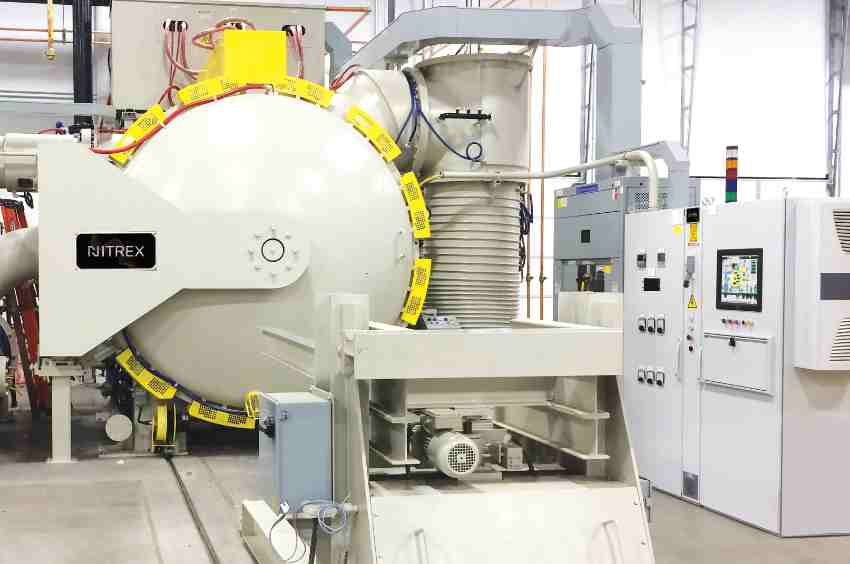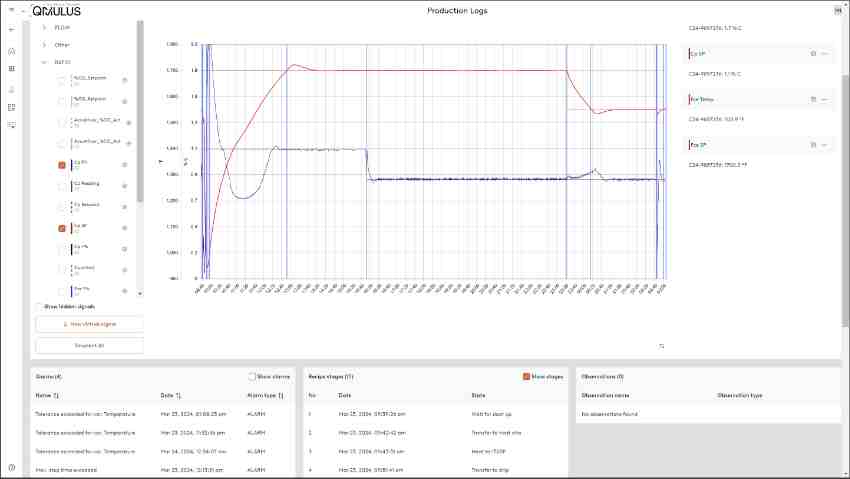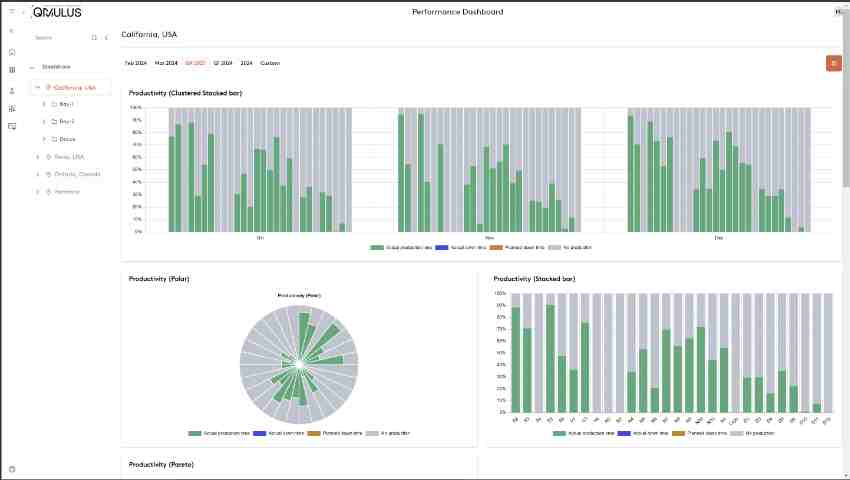As the heat treatment industry stands on the brink of the third decade of the 21st century, Qmulus emerges as a game-changer, guiding professionals toward informed decisions that harmonize precision, efficiency, and environmental responsibility. Beyond a mere technological upgrade, Qmulus embodies a mindset shift, becoming the catalyst for a sustainable future where tradition and technology converge for superior material properties.
Throwback: The Roots of Heat Treatment
The roots of the heat treatment industry extend back to ancient civilizations, where early metalworkers utilized basic techniques to enhance metal properties. The Hittites, around 3000 BCE, notably employed heat to harden iron for weaponry. In the medieval period, blacksmiths relied on simple tools like open hearths and charcoal-fueled furnaces, developing empirical heat treatment practices passed down through generations, and laying the groundwork for future advancements.
The 19th century marked a turning point with the advent of significant metallurgical and technological innovations. The Bessemer process revolutionized steel production, enabling mass production of high-quality steel and fueling the industrial revolution. Concurrently, systematic metallurgical research, aided by tools like pyrometers and thermocouples, introduced a more scientific approach. The late 19th century saw the introduction of electric furnaces, providing precise temperature control.
During the mid-20th century, significant advancements refined heat treatment processes, aligning them with the evolving demands of expanding industries like automotive and aerospace. This era introduced specialized techniques aimed at enhancing surface properties. Simultaneously, the introduction of computer-controlled heat treatment processes marked a transformative phase. Automation and computerization seamlessly integrated into operations, ushering in a new era characterized by heightened accuracy, repeatability, and overall efficiency. This shift from traditional artisanal craftsmanship to a more scientific and industrial approach underscored a burgeoning emphasis on quality control and consistency.
Current Landscape: Precision and Innovation
As we approach the third decade of the 21st century, the heat treatment industry has evolved into a highly sophisticated and technologically advanced sector. Modern heat treatment facilities are equipped with state-of-the-art furnaces, induction heating systems, and computerized control systems that allow for unparalleled precision in managing temperature profiles and other crucial process parameters. Additionally, heat treatment processes have become increasingly specialized, addressing specific applications and materials, and their metallurgical and surface properties with accuracy and efficiency.
Advancements in materials science, coupled with a deeper understanding of metallurgical principles, have led to the development of specialized heat treatment processes tailored to meet the demands of specific industries. Vacuum heat treatment, for instance, has gained prominence not only in aerospace and electronics but also in the automotive industry, offering a new level of quality and a controlled environment devoid of contaminants that ensures clean, accurate results.

Simulation tools and modeling software have become essential in optimizing heat treatment processes, allowing engineers to predict and analyze the effects of different parameters on material properties. This not only reduces the need for extensive trial-and-error experiments but also accelerates the development of new heat treatment techniques.
The Future: Sustainable Practices and Integration of Emerging Technologies
The future of the heat treatment industry is at a crossroads, with a dual emphasis on sustainability and the integration of cutting-edge technologies. This evolution is not just a trajectory; it’s a call to action for heat treatment professionals to embrace innovative solutions like Qmulus, a pioneering platform that can catalyze this transformative journey.
Qmulus emerges as a cornerstone in the industry’s commitment to sustainability, offering a pathway for heat treatment facilities to modernize their practices. With a focus on energy-efficient approaches and a reduction in carbon emissions, Qmulus provides actionable insights derived from its advanced data analytics capabilities. This fosters a more eco-friendly and efficient operational landscape.
The advent of Industry 4.0, the fourth industrial revolution, is significantly reshaping the heat treatment sector, and Qmulus stands at the forefront of this technological wave. Through the seamless integration of Internet of Things (IoT) devices, artificial intelligence (AI), and machine learning, Qmulus facilitates real-time monitoring and control of heat treatment processes. This not only ensures precision but also empowers proactive adjustments of the processes to achieve desired results. Additionally, it allows for monitoring the health of connected machines through smart sensors and predictive analytics, enabling informed maintenance decisions that minimize downtime and optimize energy consumption.
The key challenge lies in inspiring heat treatment professionals to recognize the imperative for change and embrace a new paradigm in the industry. With its user-friendly interface and intuitive tools, Qmulus makes this transition accessible to individuals at all levels, from seasoned veterans to the next generation of practitioners. The platform’s ability to provide tangible, data-driven insights underscore the importance of transitioning towards sustainable practices and technological integration.



The partnership with Qmulus is more than just a technological upgrade; it signifies a paradigm shift in mindset and approach, both at a user and business level. By leveraging its capabilities, heat treatment professionals gain a comprehensive understanding of their processes, enabling them to make informed decisions that align with sustainability goals. Qmulus acts as a guide, facilitating a seamless transition toward a future where precision, efficiency, and environmental responsibility coexist.
To summarize, Qmulus is not just a solution, but a catalyst for transformative change in the heat treatment industry. As the sector strives for superior material properties and a sustainable future, Qmulus empowers individuals and businesses to recognize the need for this essential shift. Its user-friendly interface and impactful insights guide the industry toward a future where tradition and technology converge for the greater good and collective progress.

